Home>Furniture & Design>Interior Design Trends>How To Sand Glass
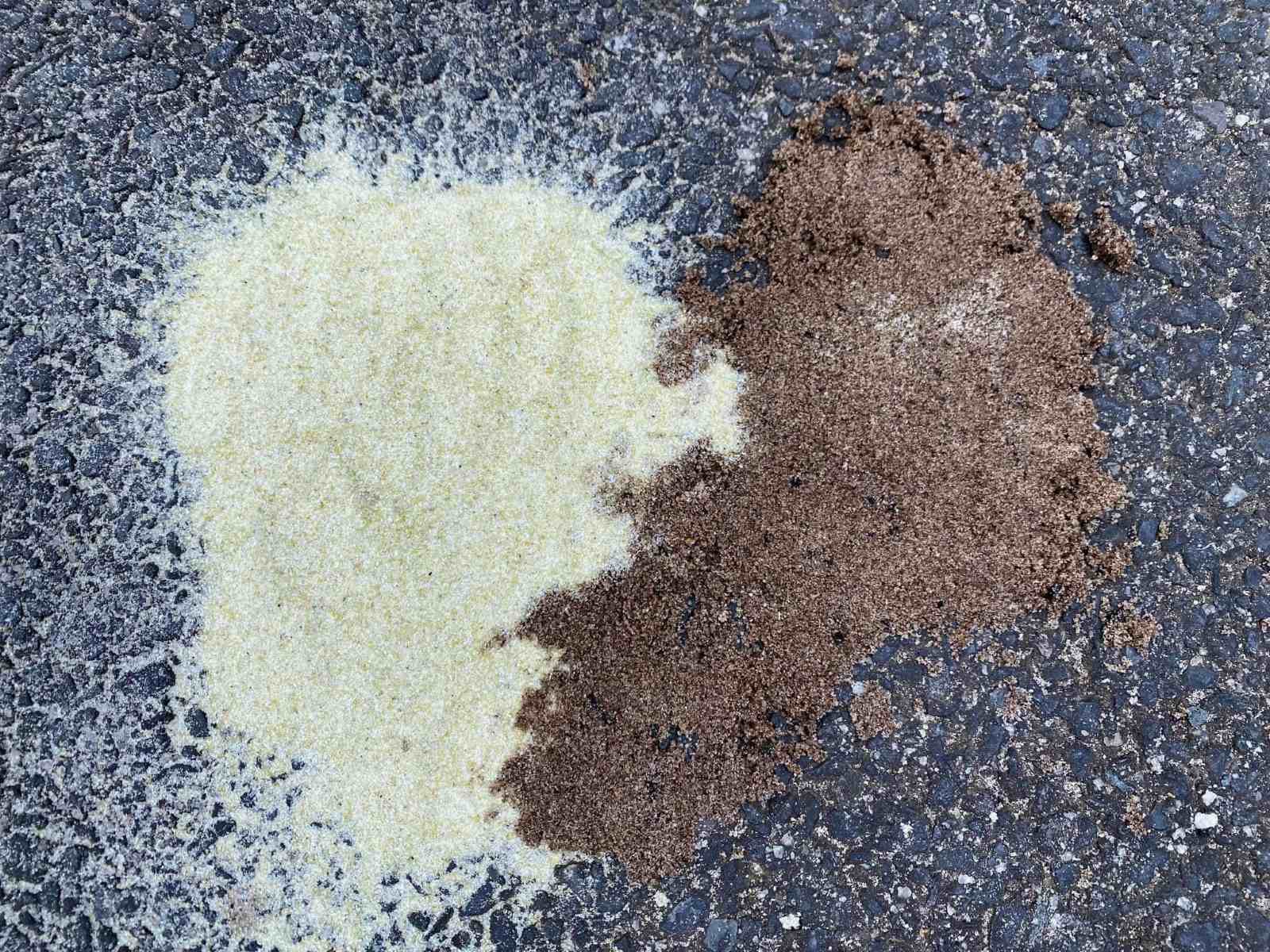

Interior Design Trends
How To Sand Glass
Modified: February 18, 2024
Learn the latest interior design trends with our guide on how to sand glass. Discover expert tips and techniques for achieving a flawless finish.
(Many of the links in this article redirect to a specific reviewed product. Your purchase of these products through affiliate links helps to generate commission for Storables.com, at no extra cost. Learn more)
Introduction
Sanding glass is a meticulous process that requires precision and care to achieve a smooth and polished finish. Whether you are a DIY enthusiast or a professional artisan, understanding the techniques and tools involved in sanding glass is essential for creating stunning glassware, decorative items, or repairing glass surfaces.
Glass sanding is a versatile skill that can be applied to various projects, such as restoring vintage glassware, creating custom-designed glass pieces, or repairing scratches and imperfections on glass surfaces. By mastering the art of glass sanding, you can unleash your creativity and transform ordinary glass into extraordinary works of art.
In this comprehensive guide, we will delve into the intricacies of sanding glass, from the essential tools and materials needed to the step-by-step process of preparing the glass surface, sanding, and achieving a flawless finish. Additionally, we will emphasize the importance of safety precautions to ensure a secure and hazard-free sanding experience.
Whether you are a novice or an experienced craftsman, this guide will equip you with the knowledge and techniques to elevate your glass sanding skills and unleash your creative potential. Let's embark on this journey to discover the art and science of sanding glass, unlocking the transformative power of this timeless craft.
Key Takeaways:
- Sanding glass requires meticulous preparation, gradual abrasion with different grits of sandpaper, and careful polishing to transform ordinary glass into exquisite works of art. Safety precautions are essential for a secure and hazard-free sanding experience.
- The art of sanding glass combines precision, creativity, and craftsmanship, unveiling the inherent brilliance of glass through meticulous techniques. By prioritizing safety and embracing creativity, artisans can unleash their potential to create extraordinary glassware and decorative pieces.
Read more: How Is Glass Made From Sand
Tools and Materials Needed
Sanding glass requires a specific set of tools and materials to achieve optimal results. Before embarking on a glass sanding project, it is essential to gather the following items:
-
Safety Gear: Prioritize safety by equipping yourself with protective gear, including safety goggles, a dust mask, and gloves. These items are crucial for safeguarding your eyes, respiratory system, and skin from potential hazards during the sanding process.
-
Glass Surface: The glass item or surface to be sanded should be thoroughly cleaned and free from any dirt, grime, or residues. Ensure that the glass is dry before commencing the sanding process.
-
Sandpaper: Select high-quality sandpaper designed specifically for glass sanding. Silicon carbide sandpaper is recommended for its durability and effectiveness in smoothing glass surfaces. Choose a variety of grits, including coarse, medium, and fine, to accommodate different stages of the sanding process.
-
Sanding Blocks or Pads: Utilize sanding blocks or pads to provide a stable and even surface for sanding. These tools facilitate controlled and uniform abrasion, resulting in a consistent finish across the glass surface.
-
Water or Lubricant: Incorporate water or a lubricant specifically formulated for glass sanding to enhance the effectiveness of the sandpaper and prevent overheating of the glass. This lubrication aids in maintaining a smooth and controlled sanding motion while minimizing the risk of glass damage.
-
Polishing Compound: To achieve a pristine and glossy finish, a high-quality polishing compound is essential. Select a compound designed for glass polishing to refine the sanded surface and restore its luster.
-
Cleaning Supplies: After sanding and polishing, cleaning the glass surface is crucial. Prepare a gentle glass cleaner or a mixture of mild soap and water, along with soft, lint-free cloths for wiping and drying the glass.
By assembling these tools and materials, you will be well-equipped to embark on your glass sanding journey with confidence and precision. Each item plays a vital role in ensuring a successful and rewarding sanding experience, ultimately leading to the transformation of ordinary glass into exquisite works of art.
Preparing the Glass Surface
Before initiating the sanding process, preparing the glass surface is crucial to ensure optimal results and minimize the risk of damage. The following steps outline the meticulous preparation required for a successful glass sanding endeavor.
-
Cleaning the Glass: Begin by thoroughly cleaning the glass surface to remove any dirt, dust, or residues. Use a gentle glass cleaner or a mixture of mild soap and water to eliminate impurities that may interfere with the sanding process. Ensure that the glass is completely dry before proceeding to the next step.
-
Masking Off Areas: If there are specific areas of the glass that do not require sanding, such as decorative patterns or delicate edges, use masking tape to protect these areas from accidental abrasion. This meticulous masking ensures that only the intended areas undergo the sanding process, preserving the integrity of intricate designs or fragile edges.
-
Assessing Imperfections: Carefully inspect the glass surface for any imperfections, scratches, or blemishes that require attention. By identifying the specific areas that need to be sanded, you can strategically focus your efforts on achieving a smooth and uniform finish. This assessment is essential for targeting problem areas and tailoring the sanding process to address specific imperfections.
-
Securing the Glass: Prior to sanding, ensure that the glass is securely positioned on a stable and level surface. Using non-slip pads or a secure workbench, stabilize the glass to prevent unnecessary movement during the sanding process. This stability is crucial for maintaining control and precision while sanding the glass surface.
-
Lubricating the Surface: Apply water or a specialized glass lubricant to the surface to be sanded. This lubrication serves multiple purposes, including reducing friction, preventing overheating of the glass, and facilitating a smoother sanding motion. By lubricating the glass surface, you can enhance the effectiveness of the sandpaper while safeguarding the integrity of the glass.
By meticulously preparing the glass surface through thorough cleaning, strategic masking, imperfection assessment, secure positioning, and surface lubrication, you establish a solid foundation for the subsequent sanding process. This meticulous preparation sets the stage for a seamless and effective sanding experience, ultimately leading to the transformation of the glass into a refined and flawless masterpiece.
Sanding the Glass
Sanding glass is a delicate and precise process that demands attention to detail and a methodical approach. Once the glass surface is meticulously prepared, the actual sanding phase commences, involving a series of gradual steps to achieve a smooth and polished finish.
-
Selecting the Appropriate Grit: Begin by choosing the appropriate grit of sandpaper based on the condition of the glass surface. Coarse grit is ideal for addressing deep scratches and imperfections, while medium and fine grits are employed for refining the surface and achieving a smooth texture. The progression from coarse to fine grit ensures a gradual and controlled abrasion process, minimizing the risk of over-sanding.
-
Applying Even Pressure: When sanding the glass, apply even pressure to the sandpaper, ensuring a consistent and uniform abrasion across the surface. Avoid exerting excessive force, as this may lead to uneven sanding or potential damage to the glass. Maintaining a steady and controlled pressure yields a more predictable and refined outcome.
-
Utilizing Circular Motions: Employ circular motions while sanding the glass to promote an even distribution of abrasion and prevent the formation of distinct patterns or lines. This circular technique facilitates a balanced and uniform removal of imperfections, resulting in a seamless and polished surface.
-
Monitoring Progress: Continuously monitor the progress of the sanding process, periodically inspecting the glass surface to assess the level of smoothness and the gradual disappearance of imperfections. This vigilant monitoring allows for adjustments in technique and ensures that the desired results are being achieved effectively.
-
Transitioning to Finer Grits: As the initial sanding with coarse grit progresses, transition to medium and fine grits to refine the surface further. Each successive grit contributes to the gradual elimination of scratches and blemishes, culminating in a refined and pristine glass surface.
-
Maintaining Lubrication: Throughout the sanding process, maintain a consistent application of water or glass lubricant to the surface. This lubrication not only enhances the effectiveness of the sandpaper but also serves as a protective measure against overheating and potential glass damage.
By meticulously following these steps and techniques, the glass sanding process unfolds as a methodical and controlled endeavor, resulting in a transformed and immaculately smooth glass surface. The culmination of these efforts sets the stage for the subsequent finishing and polishing phase, where the true luster and brilliance of the glass are revealed.
Finishing and Polishing
Upon completing the meticulous sanding process, the glass surface undergoes a transformative journey during the finishing and polishing phase. This pivotal stage is characterized by the refinement of the sanded surface and the restoration of its inherent luster and brilliance. The following steps outline the essential techniques and considerations for achieving a flawless finish through meticulous polishing:
-
Transition to Polishing Compound: After the glass surface has been meticulously sanded with progressively finer grits, it is time to introduce the polishing compound. Select a high-quality polishing compound specifically formulated for glass surfaces. This compound serves as a catalyst for refining the sanded surface and imparting a radiant sheen.
-
Application of Polishing Compound: Apply a small amount of the polishing compound onto a soft, lint-free cloth. Gently rub the compound onto the sanded glass surface in circular motions, ensuring even coverage. The compound works to further smooth out any remaining imperfections and enhance the overall clarity of the glass.
-
Circular Polishing Motion: Similar to the sanding process, employ circular polishing motions to promote an even distribution of the polishing compound. This technique facilitates a uniform refinement of the glass surface, gradually unveiling its inherent brilliance and clarity.
-
Vigorous Polishing for Luster: As the polishing compound is applied, gradually increase the vigor of the polishing motions to stimulate the activation of the compound. This intensified polishing action encourages the compound to interact with the glass surface, resulting in a heightened luster and a pristine, reflective finish.
-
Inspecting the Polished Surface: Periodically pause the polishing process to inspect the glass surface, observing the emerging luster and clarity. This visual assessment allows for adjustments in the polishing technique, ensuring that the desired level of refinement and brilliance is being achieved.
-
Final Buffing and Inspection: Once the polishing compound has been thoroughly applied and worked into the glass surface, perform a final buffing using a clean, dry cloth. This buffing action further enhances the luster and clarity of the glass, culminating in a radiant and flawless finish. Subsequently, meticulously inspect the polished surface to confirm the attainment of the desired brilliance and smoothness.
By meticulously following these techniques and considerations, the finishing and polishing phase elevates the sanded glass surface to a state of unparalleled refinement and beauty. The culmination of this transformative process is a testament to the artistry and precision involved in sanding and polishing glass, resulting in the creation of exquisite glassware, decorative pieces, or restored surfaces that exude timeless elegance and allure.
Read more: At What Temperature Does Sand Turn To Glass
Safety Precautions
When embarking on a glass sanding endeavor, prioritizing safety is paramount to ensure a secure and hazard-free working environment. The meticulous nature of glass sanding necessitates adherence to essential safety precautions, safeguarding both the individual undertaking the task and the integrity of the glass being worked on.
Protective Gear
Prior to commencing the sanding process, it is imperative to equip oneself with appropriate protective gear. Safety goggles serve as a crucial barrier against potential eye injuries resulting from airborne glass particles or abrasive debris. Additionally, a dust mask is essential for safeguarding the respiratory system from inhaling fine glass particles and dust generated during the sanding process. Furthermore, wearing gloves provides protection for the hands, minimizing the risk of abrasions and ensuring a secure grip while handling the glass and sanding tools.
Ventilation
Maintaining adequate ventilation in the workspace is essential to mitigate the accumulation of airborne glass particles and dust. Proper ventilation helps disperse potentially harmful particles, promoting a healthier and safer working environment. If possible, consider working in a well-ventilated area or utilizing fans to facilitate air circulation and minimize the concentration of airborne debris.
Secure Work Area
Establishing a secure and organized work area is fundamental to preventing accidents and ensuring a controlled sanding environment. Clear the workspace of any unnecessary clutter or obstacles, providing ample room to maneuver and work with precision. Additionally, ensure that the glass is securely positioned on a stable surface to prevent accidental slips or movements during the sanding process.
Read more: How To Sand A Dresser
Handling and Disposal of Glass Debris
Proper handling and disposal of glass debris and waste are essential safety considerations. When collecting and disposing of glass particles and sanding residues, exercise caution to avoid potential injuries from sharp edges or abrasive materials. Utilize designated containers for glass waste and debris, ensuring secure containment and proper disposal in accordance with local regulations and safety guidelines.
Emergency Preparedness
In the event of unforeseen accidents or injuries, having access to emergency response resources is crucial. Keep a first-aid kit readily available in the workspace, equipped with essential supplies for addressing minor injuries or accidents. Familiarize yourself with the location of emergency exits and contact information for medical assistance, ensuring preparedness for any potential safety incidents.
By conscientiously adhering to these safety precautions, individuals engaging in glass sanding activities can mitigate potential hazards and create a secure and controlled working environment. Prioritizing safety not only safeguards the well-being of the individuals involved but also contributes to the meticulous and successful execution of the glass sanding process, ultimately yielding refined and exquisite glass surfaces.
When sanding glass, use fine-grit sandpaper and water to prevent scratching. Work in a circular motion and regularly rinse the glass to keep it cool.
Conclusion
In conclusion, the art of sanding glass encompasses a meticulous and transformative process that transcends mere restoration or refinement. It embodies the fusion of precision, creativity, and craftsmanship, culminating in the elevation of ordinary glass into extraordinary works of art. Through the comprehensive exploration of glass sanding techniques, tools, and safety considerations, we have unveiled the intricacies of this timeless craft, empowering artisans and enthusiasts to embark on their own glass sanding journeys with confidence and expertise.
The journey of sanding glass is a testament to the harmonious interplay of technique and artistry, where imperfections are meticulously addressed, and the inherent brilliance of glass is unveiled. From the initial preparation of the glass surface to the gradual abrasion and refinement through sanding, each step contributes to the metamorphosis of the glass, ultimately revealing its pristine clarity and luster.
Furthermore, the finishing and polishing phase serves as the crowning touch, bestowing the sanded glass surface with a radiant sheen and a flawless finish. This transformative phase encapsulates the essence of craftsmanship, as the glass evolves into a refined masterpiece, exuding timeless elegance and allure.
It is essential to emphasize the significance of safety throughout the glass sanding process. By prioritizing protective gear, ventilation, and secure work practices, individuals can safeguard their well-being and create a secure environment conducive to meticulous craftsmanship.
As artisans and enthusiasts venture into the realm of glass sanding, they are poised to unleash their creativity and bring forth exquisite creations that transcend the ordinary. Whether it involves restoring cherished glassware, crafting custom-designed pieces, or revitalizing glass surfaces, the art of sanding glass offers a canvas for boundless innovation and expression.
In essence, the journey of sanding glass is a symphony of precision, artistry, and transformation. It embodies the fusion of technical expertise and creative vision, resulting in the emergence of glass surfaces that captivate the senses and evoke timeless beauty. As we conclude this exploration, let us embrace the art and science of glass sanding, embarking on a journey where ordinary glass transcends its limitations, emerging as extraordinary works of art that inspire and enchant.
Frequently Asked Questions about How To Sand Glass
Was this page helpful?
At Storables.com, we guarantee accurate and reliable information. Our content, validated by Expert Board Contributors, is crafted following stringent Editorial Policies. We're committed to providing you with well-researched, expert-backed insights for all your informational needs.
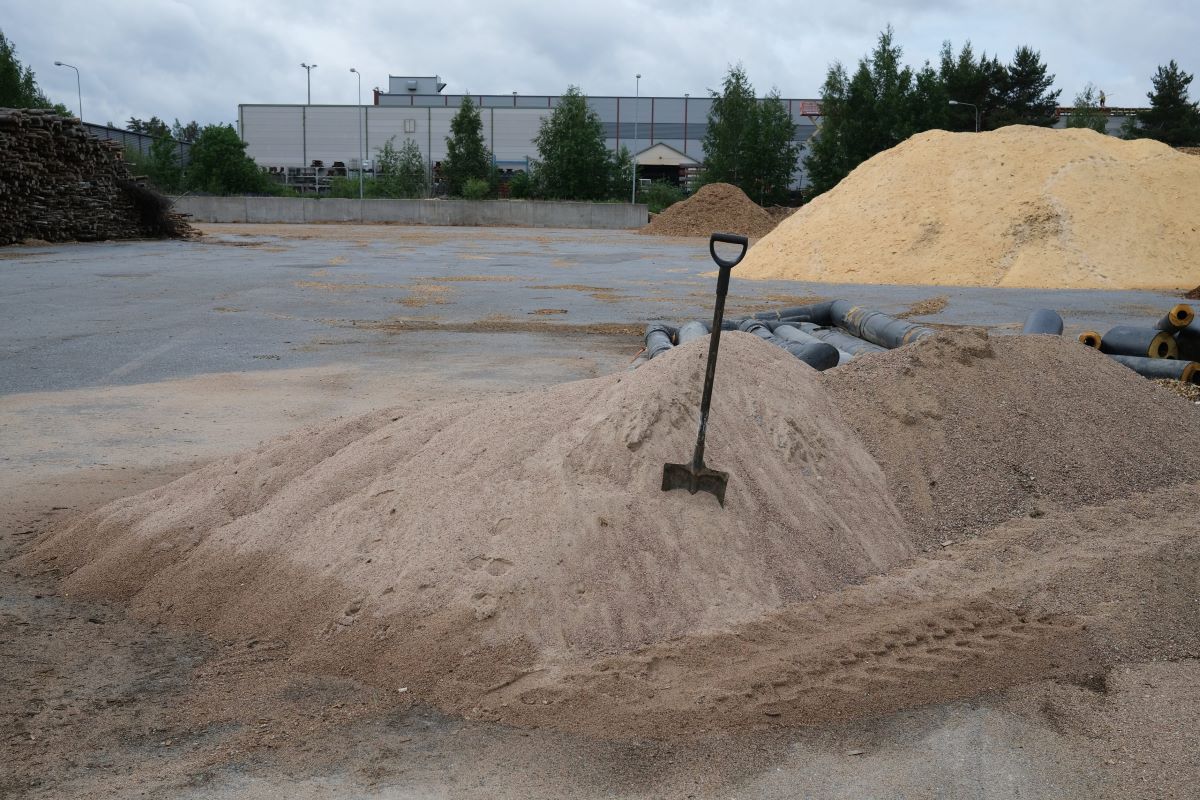

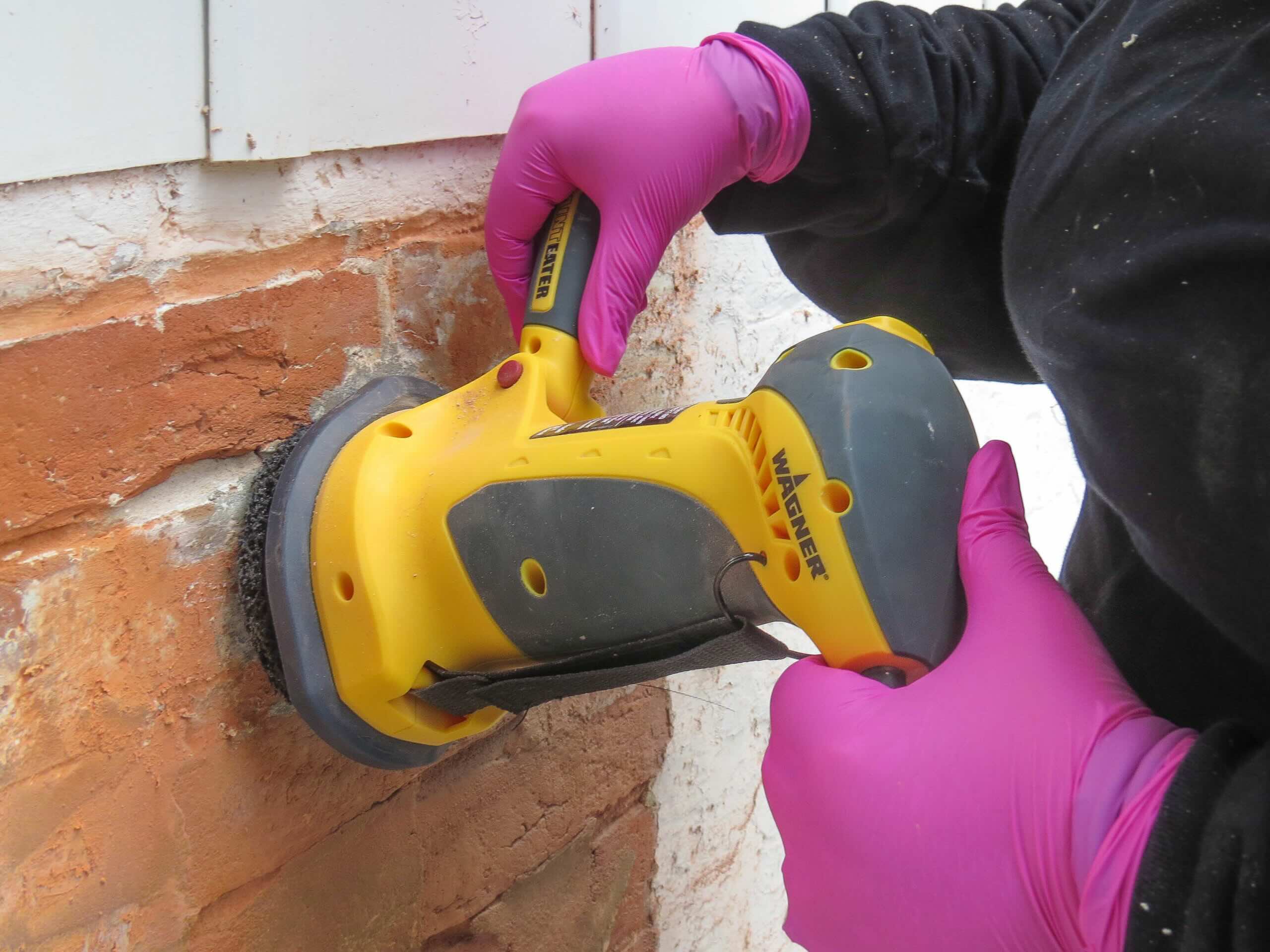
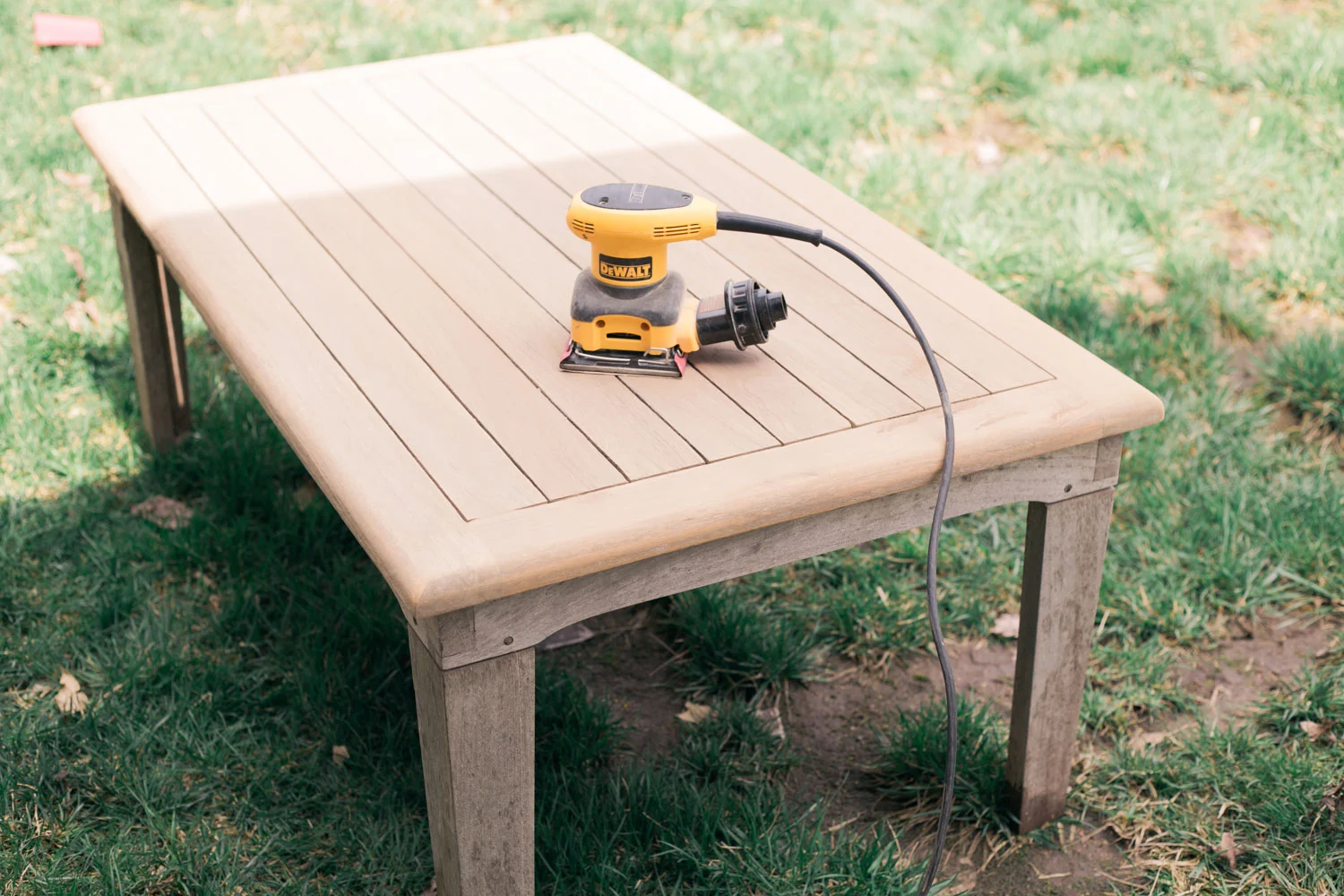

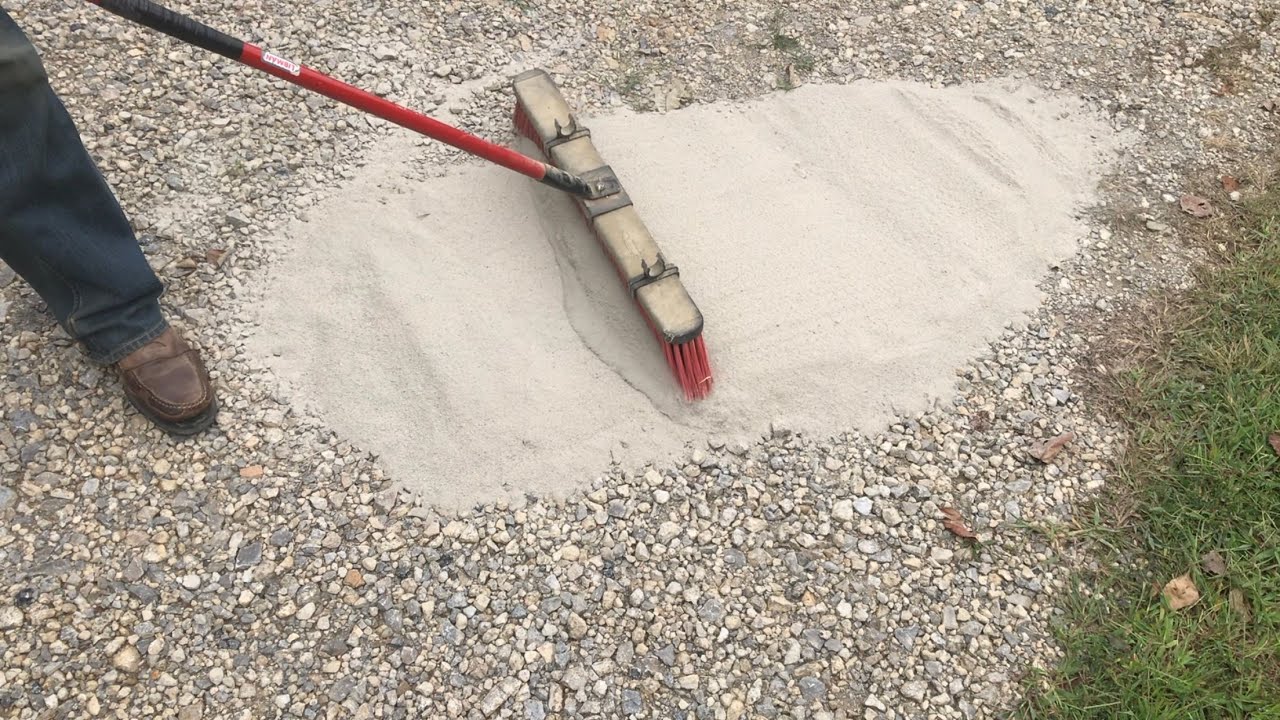
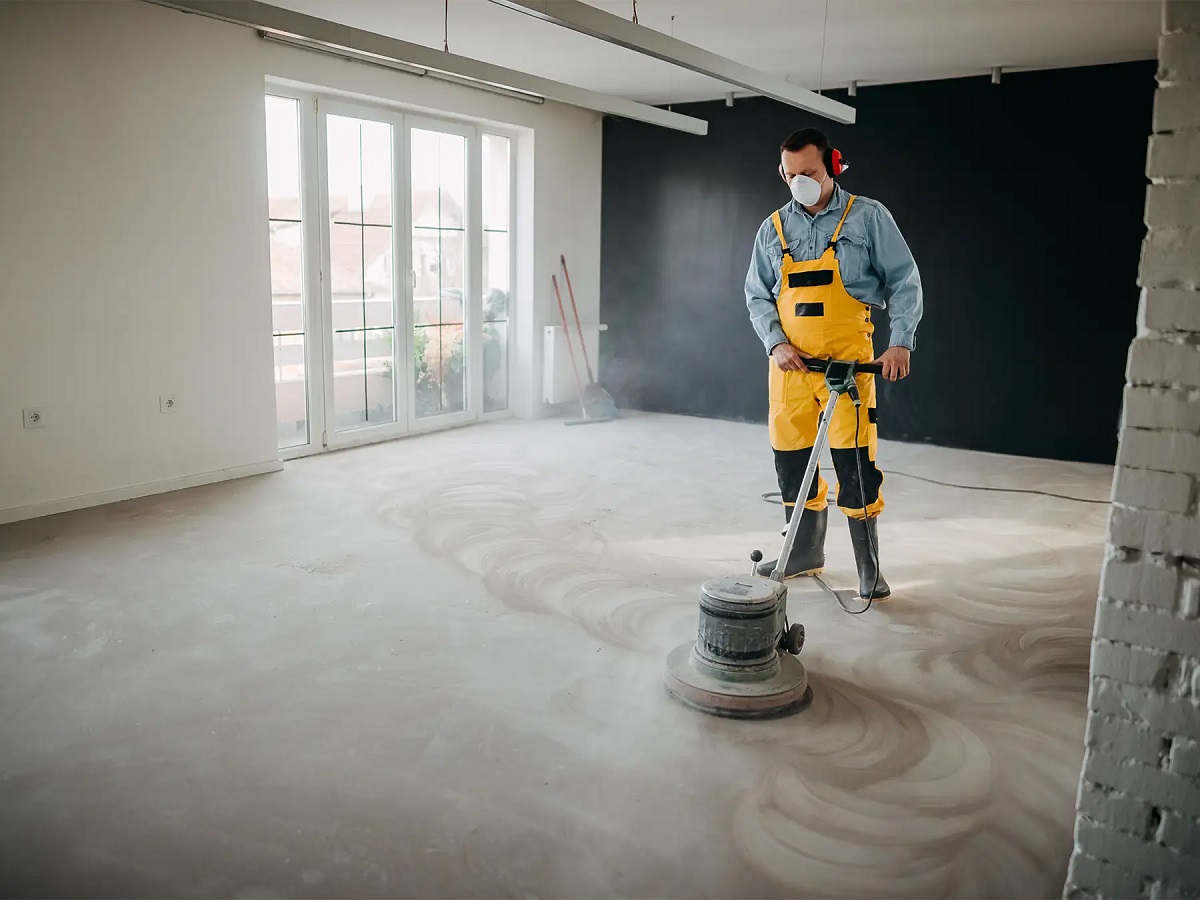
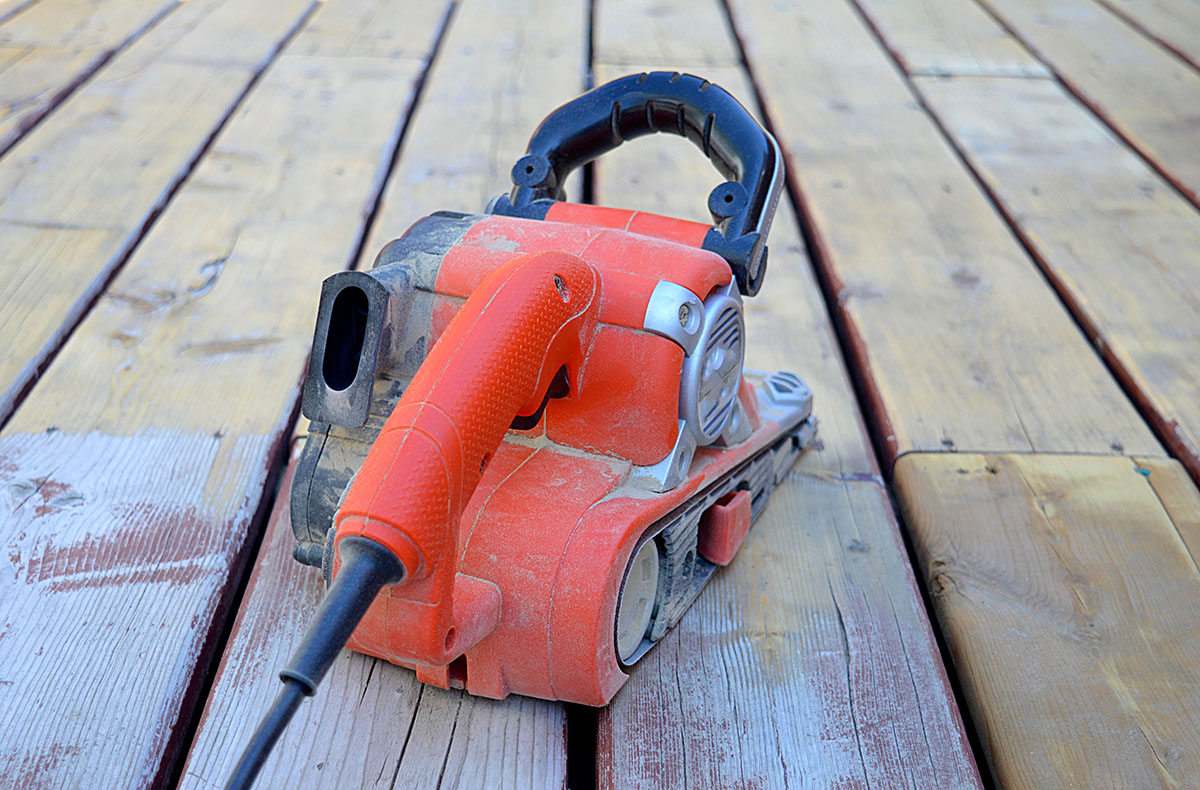

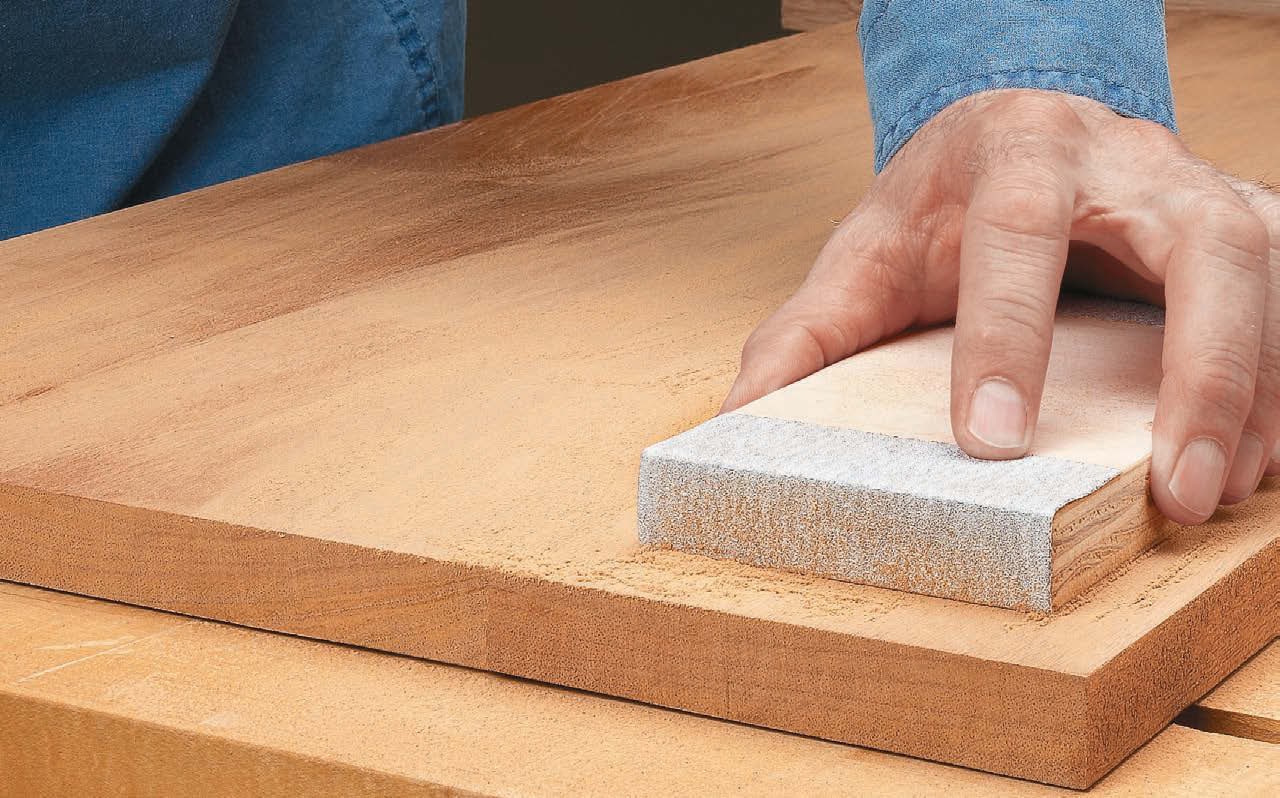
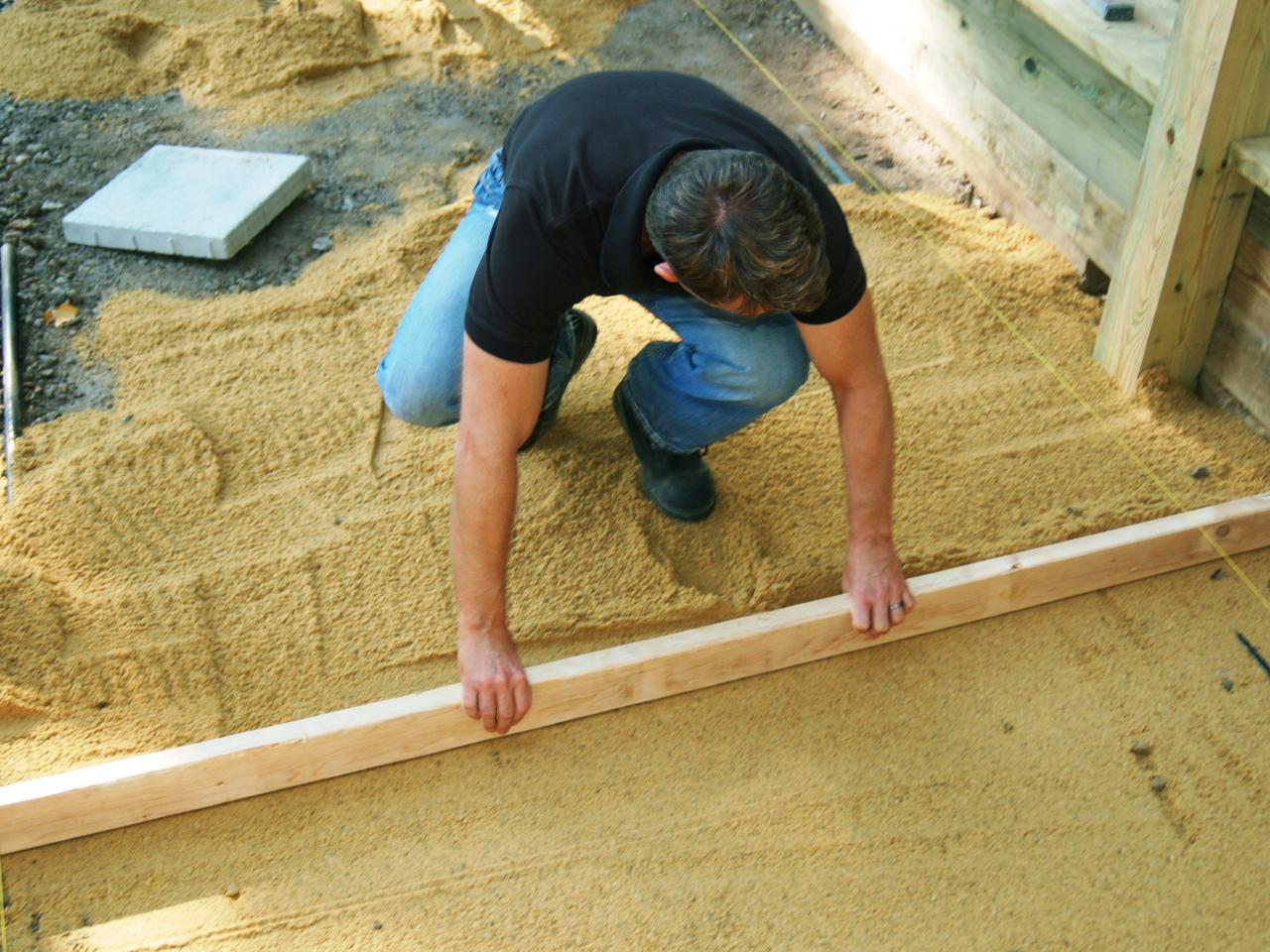
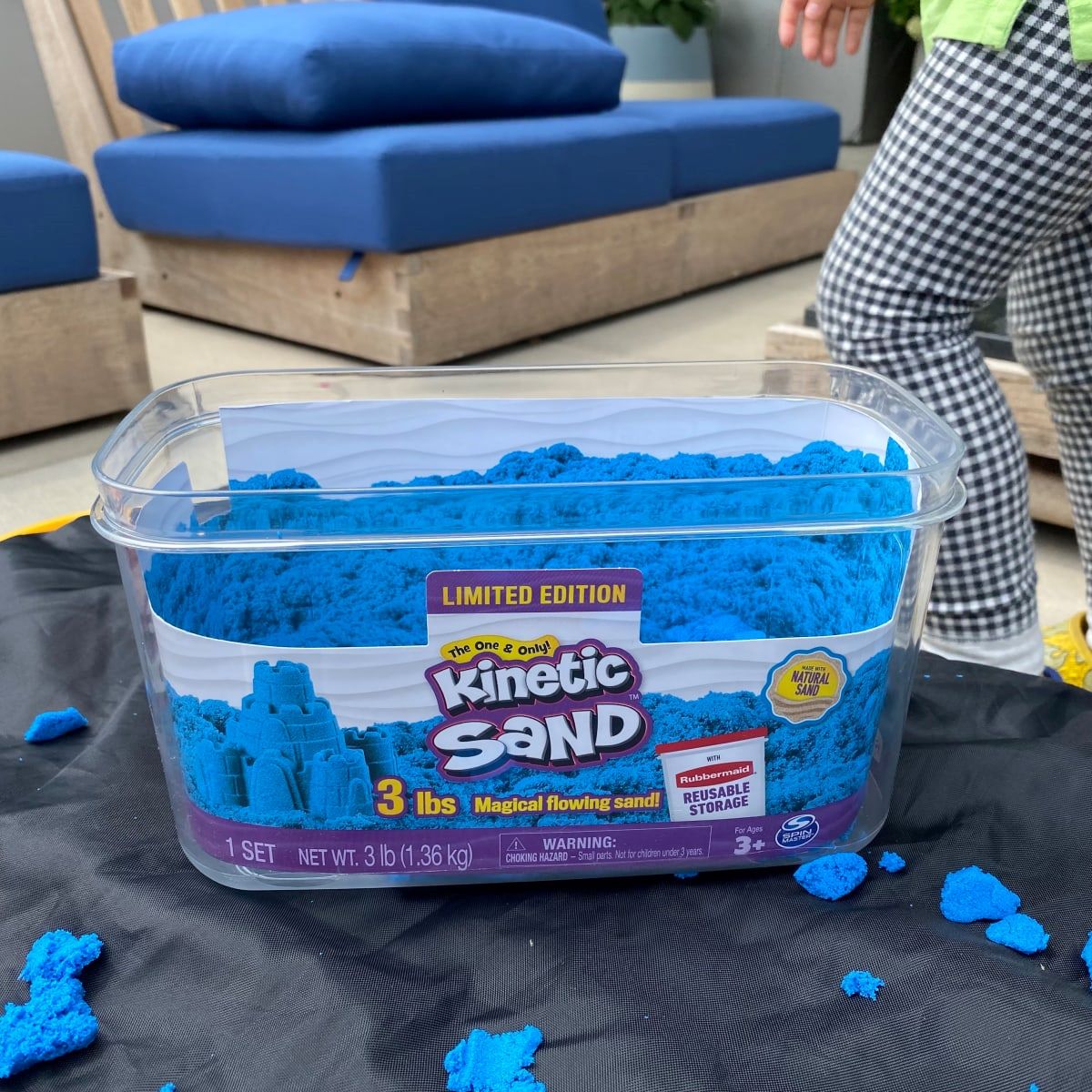


0 thoughts on “How To Sand Glass”